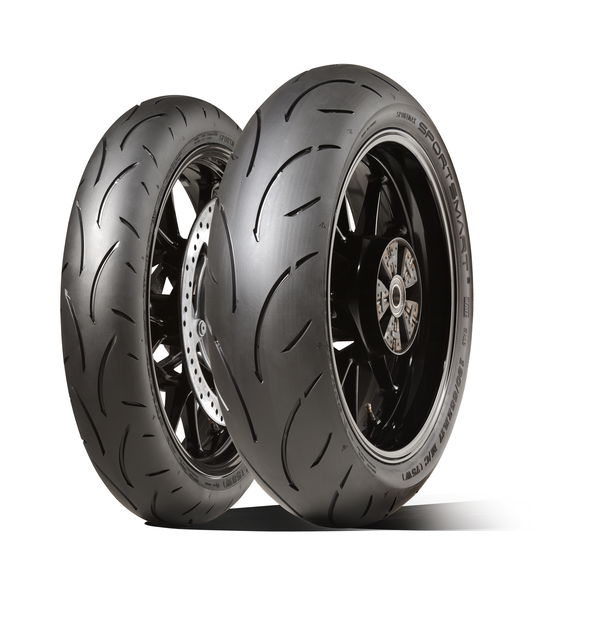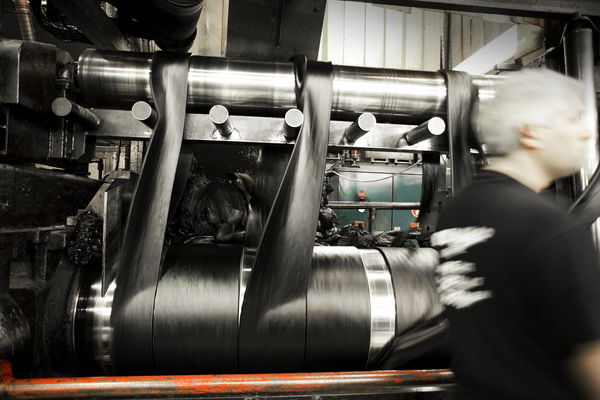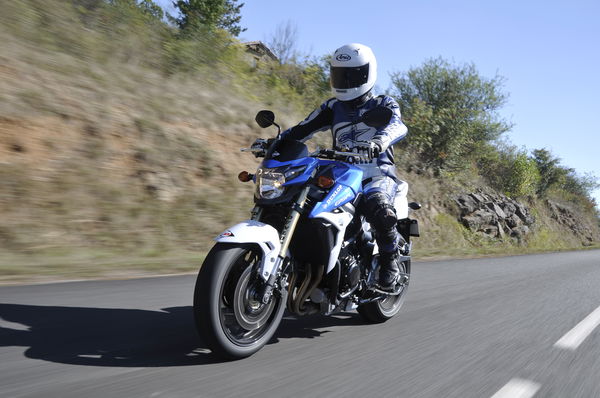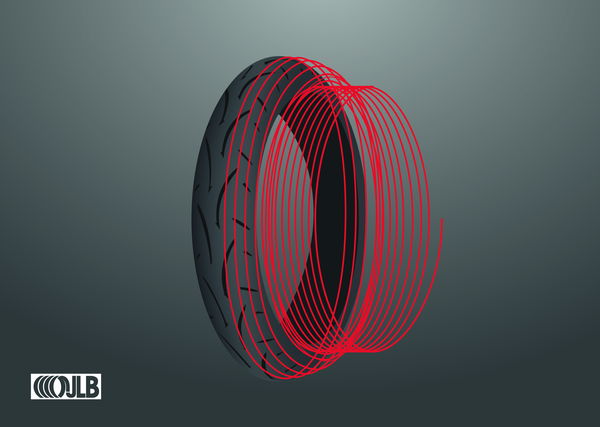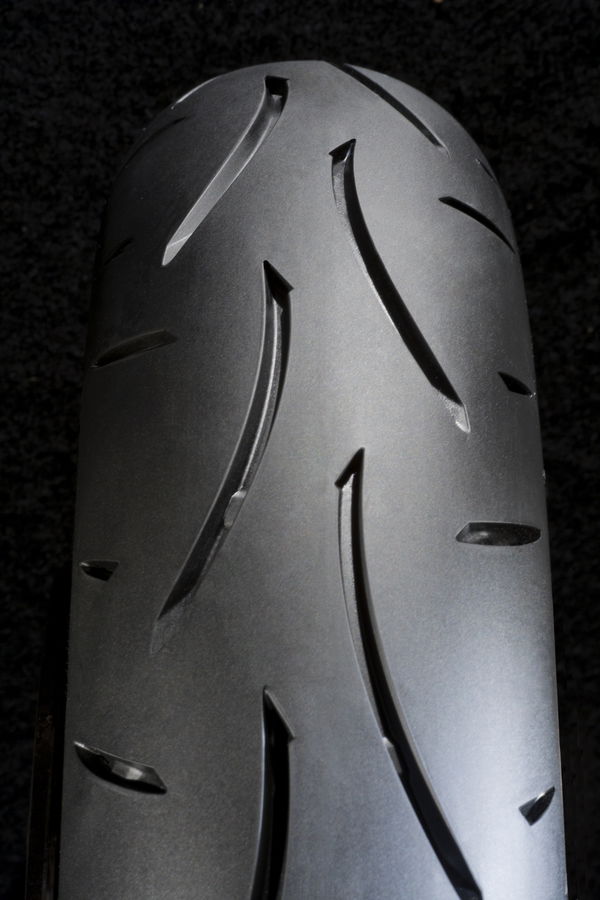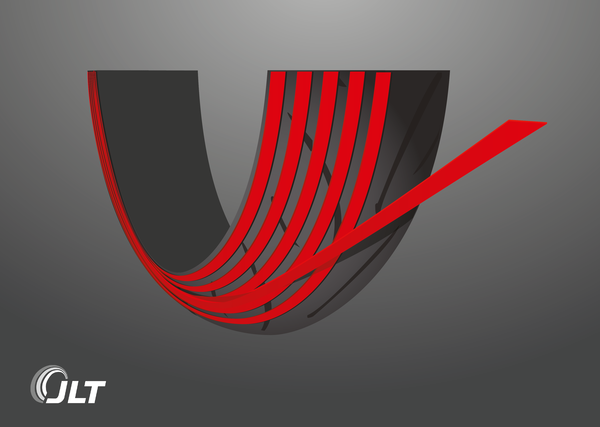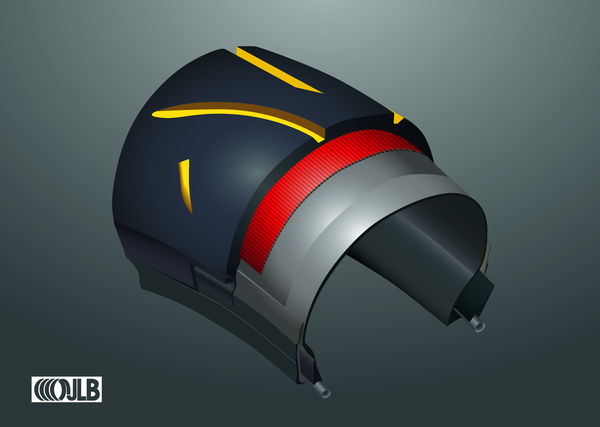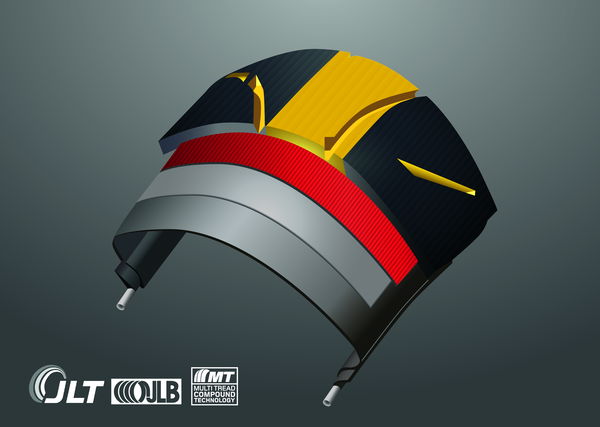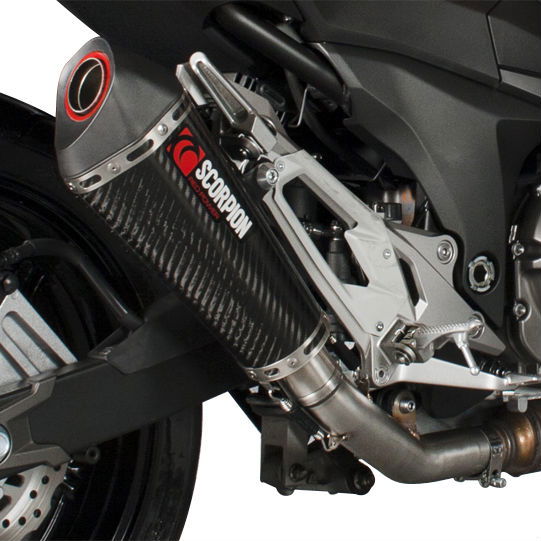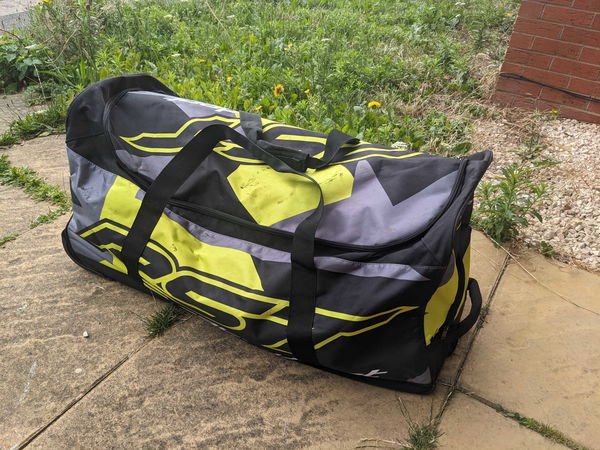Dunlop's new Sportsmart2 tyre review
Europe's second largest tyre manufacturer has made lots of changes to create their new Sportsmart² tyre but is it better than the Sportsmart?
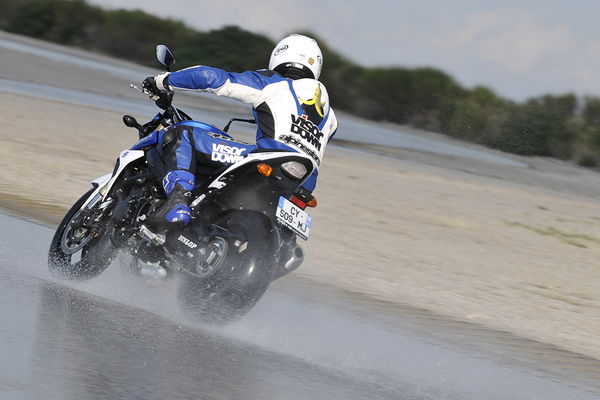
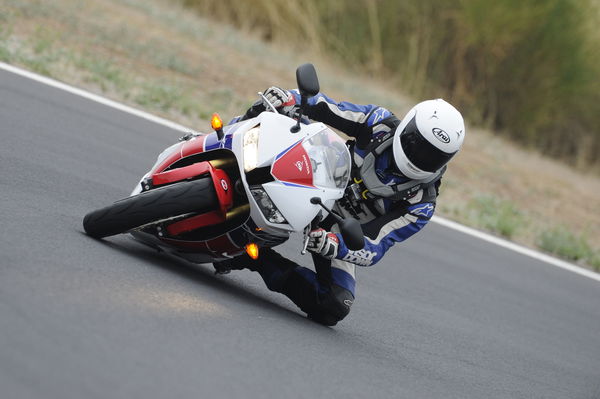
DUNLOP launched the Sportsmart back in 2010 and it's been a popular tyre for fast road and trackday riders, offering good wet and dry grip and decent mileage but some riders found the tyre to be stiff, offering harsh feedback.
Dunlop have completely revised the Sportsmart to create the Sportsmart². Their mission has been to create a tyre that appeals to a wider range of riders of modern and older bikes, by improving comfort, handling and top speed capability while maintaining the grip and mileage and track prowess of the original tyre.
On the face of it, you might think Dunlop have made the tyre's carcass slightly softer and then added a 2 onto the tyre's name and bingo, there it is but there's a lot more going on with the Sportsmart².
The front tyre is a more V-shaped profile and features Dunlop's Jointless Belt technology (JLB) which means the tyre's belt is made from one strip, wound around the carcass instead of layering of material which eliminates overlap. The front uses a new single-compound throughout.The front tyre's 'reverse v-direction' pattern looks as if the tyre's been put on the wrong way around but Dunlop claim it's 20% better at displacing water while they also claim it has a 14% larger contact patch.
The rear tyre features JLB technology for its main construction but due to the fact it uses multiple compounds, it also uses Jointless Tread (JLT) which, like JLB uses one strip wound onto the tyre, meaning there's a more consistent build without the need for breaks between layers of material, reducing weight and possible vibration. The compound can then be precisely injected onto the tyre with no overlap.
The new rear features a harder centre compound for greater high speed stability and better wear characteristics and a softer, silica-based shoulder for improved wet-weather performance.
Due to the new processes involved in the Sportsmart²'s construction, the front and rear are around 7% lighter and Dunlop claim that their new processes create a more consistant tyre, every time, so the tyre fitters won't have to spend as much time balancing the tyres.Sticking lead onto the side of your rim, they say, is a sign of imperfection.
While front and rear have changed, the most noticable gains appear to be on the front tyre, where the new profile, new compound and JLB mean that the tyre is setup to respond quicker to steering input and requires less force too.We rode the new Sportsmart², back to back with the Sportsmart on the road, on a wet handling circuit and on track.
Our road ride started in the middle of France, in a frost-glazed valley. The thermometer showed 0°C and one-piece leathers were a bad choice. That'll teach me to trust the weather forecast. Hardly ideal riding conditions but never the less, real world.
We were all on GSR750s. I picked a bike without looking at whether it was fitted with Sportsmart or Sportsmart²; I wanted to focus on the feel and not have my thoughts tarnished by what I thought I should be feeling.
Despite the cold roads, the bike felt good and the feedback from the tyres was positive, even from stone cold. Once we'd covered a few miles and got a bit of temperature into the tyres, I started to lean on them a bit more, knowing I wasn't likely to have a snap-lowside due to the tyres still being frozen. The bike felt eager to change direction, the steering felt light and while I could feel the differences in the road surface, the feedback wasn't harsh.
After about 10 miles, with temperatures climbing to the positively tropical 5°C, I'd made my mind up that these had to be the Sportsmart² tyres. They felt similar to a bike fitted with lightweight wheels in the way they changed direction, the speed at which the front turned in was much faster than you'd expect from a rounder profile.
We pulled over to swap bikes and defrost our fingers. I was riding on Sportsmart²s.
Swapping to the bike fitted with the older Sportsmart tyres, what stood out to me was the difference in speed of turn-in, it felt like the front tyre could do with a bit more pressure. In terms of grip and tyre stiffness, it was very hard to notice the difference. The Sportsmart is still a good tyre.
On the wet handling circuit, again on a GSR750, I felt more confident on the Sportsmart² tyres, they felt that bit more forgiving and although we weren't timing our laps, I felt like I was going quicker with less effort. We were certainly going quicker than I ever would on a wet trackday and far quicker than I would want to go on a rain-soaked country road. While I felt more confident trying to get somewhere near my limit on the Sportsmart² tyres, both tyres felt good at slower, more realistic wet-weather riding speeds.
The dry circuit was where I found it hardest to feel the difference between the new and old tyres. Let's face it, they're both very good. We rode an R1 and CBR600RR on both the new and old tyres. I find the big-bang R1 a bit blunt and cumbersome; the engine is either full on, or off and the suspension is too soft as standard. I didn't get dialled into this bike in the short time we had on it and had one big moment while trying to get stuck in. Stick was not what I got, a big slide was. I wrote off trying to get anything meaningful out of the R1, fortunately I didn't write off the bike.
The 2013 CBR600RR was a different matter. It's a sweet little bike that felt good on both the Sportsmart and Sportsmart². I cannot imagine there was any sizeable difference in my lap times between the two tyres and during a lap, both tyres felt like they were taking everything in their stride, with the Sportsmart feeling just a touch firmer than the Sportsmart² under hard braking.
However there was one set of corners where I could feel the benefit of the Sportsmart²'. Entering a 50mph, ninety-degree right hander on the brakes, scrubbing off speed to just under 40mph for a tight double-apex left which throws you into an uphill right, it was all about picking - and staying on - the right line. Every lap on the Sportsmart², I threaded the 600RR through always confident that I'd got it nailed . While on the Sportsmart, I felt slower through that section and needed to work that bit harder to make the transition from left to right. The gain in terms of time would have been insignificant, fractions of a second, but the difference in poise and precision was obvious.
If you're a fast road rider and you're currently running Sportsmart tyres and are looking for a touch more wet-weather confidence and a slightly more forgiving ride, you'll notice the improvements on the Sportsmart². When it comes to track riding, I'm not convinced they'll help you go faster but you'll use less effort going as fast as you did before.
Model: Dunlop Sportsmart²
Sizes: F: 120/60 ZR17, 120/70 ZR17. R: 160/60 ZR17, 180/55 ZR17, 190/50 ZR17, 190/55 ZR17
Cost: from £249
Contact: www.dunlop.eu/dunlop_uk/
